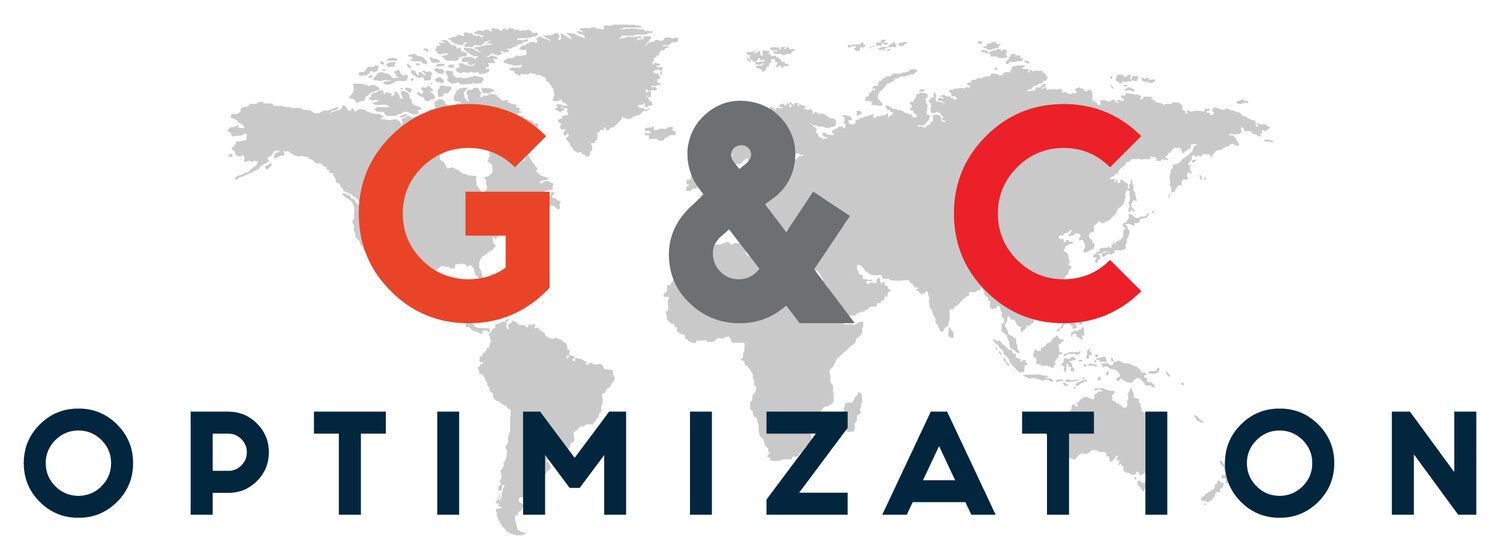An unplanned production stop of even a few minutes can register as a significant loss on a balance sheet. Downtime compounds fast—through lost output, idle labor, or damaged equipment. And while the root causes of interruptions vary, unstable utility power is a frequent and costly culprit in industrial settings. Whether it's a short sag, surge, or full outage, each incident creates risk that erodes margin. The smarter approach is not to recover from power loss, but to eliminate its impact entirely. That’s where industrial solar solutions and UPS solar systems from G&C Optimization help you.
The Financial Case for Power Continuity
The Financial Case for Power Continuity
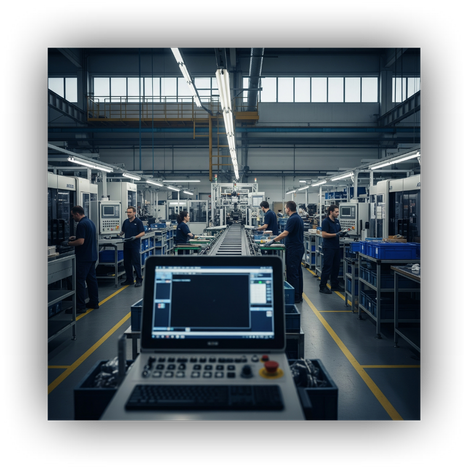
The Cost of a Power Interruption
Power-related interruptions are rarely isolated events. Each instance often triggers a cascade of expensive problems:
-
Lost Output: Even a 10-minute outage in a high-volume facility can result in thousands of dollars in missed production—especially in continuous manufacturing environments.
-
Equipment Damage: Electrical sags and surges can shorten the life of control panels, VFDs, and programmable logic controllers (PLCs). Restarting heavy machinery after power dips introduces added wear.
-
Data Loss: Power loss during SCADA or PLC operations can corrupt batch data or reporting files, leading to compliance issues or costly rework.
-
Idle Labor: Technicians and operators standing idle during a blackout still collect wages, while plant managers field calls about missed KPIs and production delays.
For most plants, power events aren’t hypothetical. They’re recurring and expensive.
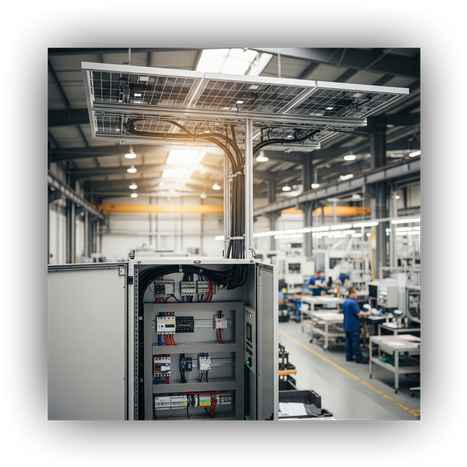
An Integrated Approach to Power Dependability
The solution is a combined power continuity system built specifically for industrial demands. A UPS solar architecture merges two components:
-
Industrial UPS System: This component bridges power loss instantly. In the event of a grid disturbance, it supplies uninterrupted power to control panels, PLCs, HMIs, and network switches.
Industrial Solar Solutions: Solar becomes more than an environmental asset. It reduces dependency on fluctuating grid power and brings long-term visibility to energy costs. By feeding the UPS with on-site generation, solar increases autonomy while lowering operational expenditure.
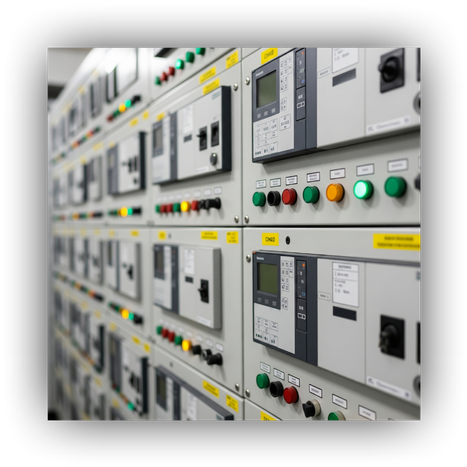
Assured Production Continuity
UPS systems provide seamless transition during grid failures, eliminating production stoppages. When integrated with solar, you extend backup windows and reduce runtime on diesel generators (if in use). This stability prevents product loss, scrap, and missed shipping windows.
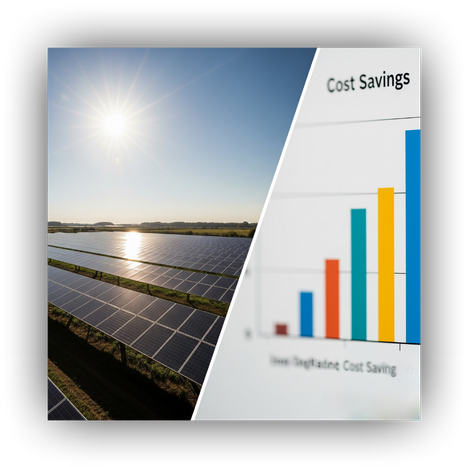
Predictable Energy Expenditures
Energy markets are volatile. By offsetting utility power with solar generation, facilities gain long-term cost predictability. This isn’t just a line item reduction—it improves financial forecasting, stabilizes operating budgets, and can yield energy credits depending on local regulations.
You Can’t Afford to Ignore Bad Data
An industrial UPS system filters and conditions power. Voltage irregularities, transients, and harmonics are neutralized before reaching your equipment. This layer of protection extends the lifecycle of high-value machinery and reduces maintenance overhead tied to electrical stress.
Power-related financial risk is quantifiable. To calculate the specific return on investment a G&C power continuity system can bring to your facility, schedule a direct consultation with our system designers today.
